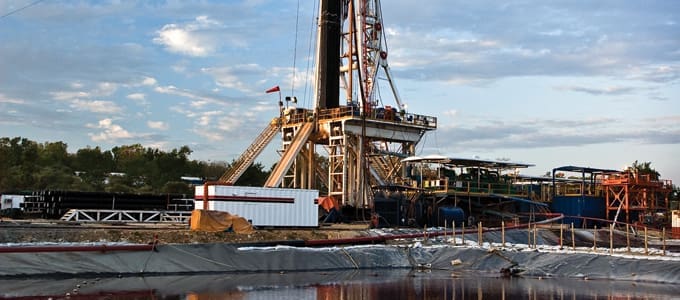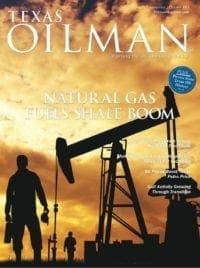The U.S. Department of Energy (DOE) has a history, like any federal bureaucratic agency, to produce many studies. Some of these studies are productive and some of them, like a more recent study about hydraulic fracturing, are a bit more repetitive.
DOE’s latest study regarding the impacts of hydraulic fracturing and its potential effects on the water table seems to be a study to ensure former studies were accurate. In January of 2011, DOE set up a committee to examine the effects of fracturing and possible contamination of water. Outcome? No contamination found. These findings were not satisfactory for the opposition and the environmental groups. So in 2012, the Obama administration committed $45 million to the study of hydraulic fracturing and, you guessed it, its effects on the water table.
For the better part of a year now, DOE’s National Energy Technology Laboratory (NETL) has been studying a particular fracturing site in Pennsylvania, near Pittsburg. The operator of the site allowed the NETL to place tracers in the fracturing fluid to observe if and how the fluids spread. As a reminder, the drilling at this site was taking place at a depth of more than 8,000 feet. (5,280 feet = mile). The chemical-laced fluids, mixed with sand and water, mysteriously did not flow against gravity over a mile back up to the water table. Nor did these hotly debated fluids leak from layer after layer of casing and cement as the fluids were being injected down into the well.
The final outcome of the 2013 federally funded DOE study on hydraulic fracturing and its potential effect on the water table? Zero contamination was found in the water table and aquifers nearby the study. However, environmental groups are calling for additional studies, as they claim this study was not accurate in its findings.
As a brief refresher on hydraulic fracturing, it is not a new technology. The technologies surrounding the process are simply advancing with each year. The first commercial fracturing job was completed in 1949. By 1989, over one million wells had been completed in the United States using the hydraulic fracturing technology. Today, over 90% of U.S. wells are drilled with the use of hydraulic fracturing.
Concerning the history of regulation of hydraulic fracturing, the Environmental Protection Agency (EPA) does not regulate the process. However, in 1997, the Safe Drinking Water Act was put into place regulating underground injections. By 2004, the EPA reported that the risk was minimal of hydraulic fracturing contaminating drinking water. In 2005, to address further regulatory concerns, the Energy Policy Act of 2005 was established and thus revised the Safe Drinking Water Act to exclude the injection of fluids and propping agents (except for diesel) used for hydraulic fracturing. Therefore, the EPA continues to lack any authority in the regulation of fracturing. Currently, all regulations for hydraulic fracturing are monitored and policed by the individual states. The industry will continue to work hard to ensure that this state regulation, as opposed to federal regulation, does not change.
Don Briggs is the President of the Louisiana Oil and Gas Association. The Louisiana Oil & Gas Association (known before 2006 as LIOGA) was organized in 1992 to represent the Independent and service sectors of the oil and gas industry in Louisiana; this representation includes exploration, production and oilfield services. Our primary goal is to provide our industry with a working environment that will enhance the industry. LOGA services its membership by creating incentives for Louisiana’s oil & gas industry, warding off tax increases, changing existing burdensome regulations, and educating the public and government of the importance of the oil and gas industry in the state of Louisiana.







